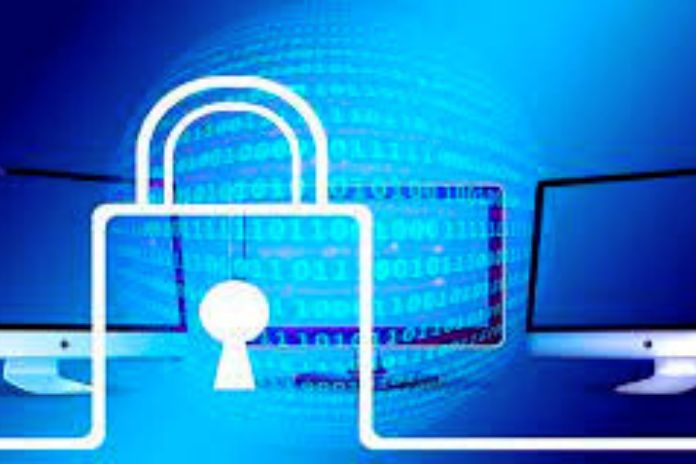Linux Or Windows: Some technology decisions that seem simple can impact your company on a day-to-day basis. Therefore, you must identify which parameters must be observed in some cases.
For example, the choice of a company’s Operating System (OS) affects many issues, such as security, compatibility with solutions, day-to-day agility, and personalization, among other points.
Currently, we have two main OS on the market: Linux and Windows. Knowing more about them can help in this matter and allow better decisions to be made with the trends in your company.
We will present the main points about each of them below. Enjoy and clear your doubts.
Learn More About Linux
Linux is an open-source Operating System that has gained a lot of space in the business market. It is based on Unix and can be implemented on desktops, notebooks, and even tablets and smartphones.
Its open-source model makes its distribution free; you don’t need to buy its license to use it on your company’s machines. This also means another point: users can investigate the code in search of vulnerabilities and quickly identify problems. Likewise, there is also greater freedom in creating and distributing applications for Linux.
Learn More About Windows
Windows is still the most used operating system in the world. Created by Microsoft, it has versions of its OS specific to companies (Windows for Business), with resources focused on the demands of the business market. It is a multitasking OS; that is, it allows you to open several tools simultaneously. It also has OS versions for desktops, tablets, notebooks, and smartphones.
Find Out Which OS Is Best For Your Business
Given this information, how do you decide which OS is best for your company? For this, it is important to know their main differences and define which is the most advantageous for your company.
We will point out some issues that require your attention below.
Interface And Usability
This great divergence between the two OSs directly impacts their choice in the business environment. Many people are already used to the Windows interface, aren’t they? This happens because, in addition to the company establishing its standard, there is always the same interface and way of operating. On the other hand, Linux can have the same OS version with different interfaces, and there is also a greater possibility of customization.
Is this question an advantage or a disadvantage? Well, it depends. More “trained” users (usually technology professionals) like the possibility of customizing their interface according to what is most functional for their daily lives. More lay users may be surprised by the changes, especially if there is a rotation of machines.
For example, if a different notebook is always released for corporate trips if the person takes different models, he may find interfaces completely different from what he is used to and generate strangeness.
For those who like the possibility of customizing the interface according to its usability, this can generate a performance increase since it will be able to access services more agile and practically.
License Acquisition
Linux is an open-source OS; that is, it is not proprietary. With that, you can install it without purchasing a license, making the process less expensive. This is important for companies with a high volume of devices; therefore, installing proprietary software can be costly.
On the other hand, Windows works with a proprietary license; that is, you must acquire the right to use it. The company provides special conditions for businesses to reduce costs in case of installation on multiple devices.
It is worth remembering an important issue: some managers use pirated Windows OS to reduce costs. This is extremely dangerous for the security of your business information, so don’t do that!
Security
It is also important to identify issues related to information security and how this can interfere with your company’s day-to-day activities. For example, a more insecure OS requires more layers of protection daily.
Linux suffers fewer attacks compared to Windows for several reasons. First, because it is less used, it tends to be less targeted by hackers. Second, because it’s an open-source OS, bug fixes are made much more quickly than on proprietary systems.
And this statement is even made by a former retired Microsoft developer, David Plummer, who states precisely this point: Linux is safer to use than Windows.
However, both will need robust security mechanisms to protect information and be updated whenever new possibilities arise. After all, updates are aimed precisely at solving present faults. Be proactive and install them as soon as they appear, regardless of your choice. With this, you avoid being caught by surprise in case of problems.
Also Read: How Can ChatGPT Artificial Intelligence Help Customer Support?

